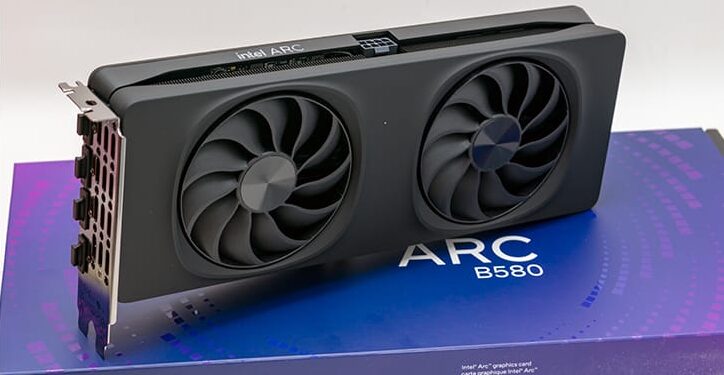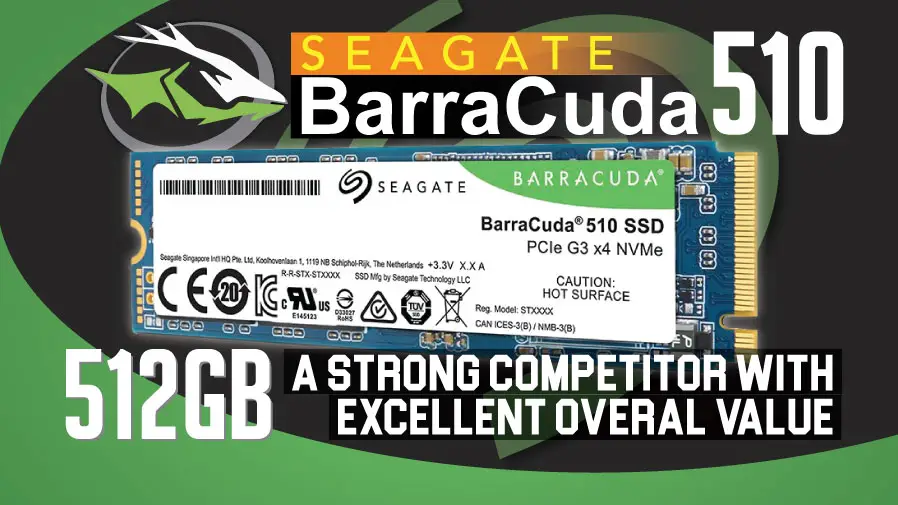To fully test the abilities of a given video card, we have used a blend of in-game benchmarks and custom recorded real-world game benchmarking. For custom game play we have used FRAPS to record the minimum and average frame rates and to do so for a set period of time. All tests were run a minimum of four times and the scores are the average of all four runs.
All games were patched to their latest version. Latest, as the time of this review the latest Intel/AMD/NVIDIA drivers were applied. The OS was a fresh clean install of Windows 11 with all latest hotfixes, patches and updates applied. All games were tested at the two or three of the most popular resolutions of 1080P (1920×1080), then at 1440P (2560×1440), and again (if warranted based on class of card) at 4K (3840×2160). This means each game’s tested was run a minimum of 8 to 12 times: 4 @ 1080P, 4 @1440P, and possibly 4@4K. Before testing Unigine’s Valley benchmark was run for 15 minutes to ‘warm up’ the video card. This was done to ensure that long term performance and not short-term performance is being illustrated.
The games and applications used for testing were:
Adobe Premier Pro
Assassins Creed: Mirage
Battlefield 5
Blender
Borderlands 3
Call of Duty Modern Warfare II (2022)
Cyberpunk 2077
Crysis 3
DaVinci Resolve
Facry 6
Grand Theft Auto: V
Handbrake
Hitman 3
Metro Exodus EE
Red Dead Redemption 2
Shadow of the Tomb Raider
Tom Clancy’s The Division 2
Topaz AI
Watch Dogs Legion
Witcher 3
For stress testing we used Unigine’s Valley benchmark.









